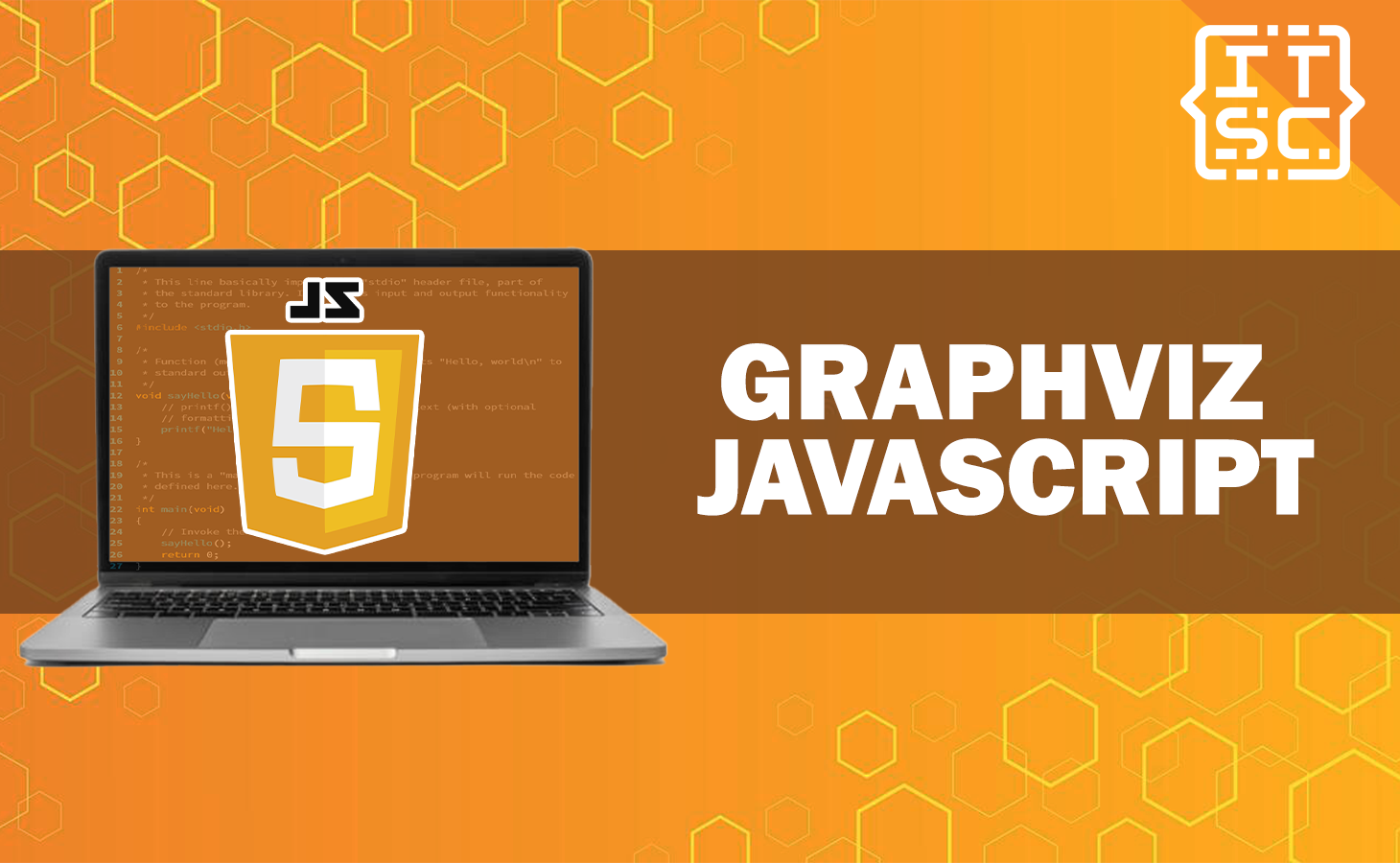In this post, you will have to learn the Graphviz JavaScript, understand its features, benefits, and how to use it effectively.
We will also provide hands-on examples to demonstrate its potential. So, let’s explore to unlock the power of data visualization!
In data visualization, providing complex information in an understandable and engaging action is predominant.
This is where Graphviz JavaScript comes into action. With its powerful capabilities, you can art complex graphs and diagrams that provide information at a glance.
What is Graphviz JavaScript?
Graphviz JavaScript is a dynamic library that allows developers to create and provide graph visualizations in web applications.
This library uses the Graphviz layout algorithms to automatically arrange nodes and edges in a visually engaging approach.
By using Graphviz, you can conveniently represent relationships, hierarchies, and networks in your data.
Also read: Fixing Cannot Read Properties of Undefined JavaScript Errors
The Key Features of Graphviz JavaScript Include:
- Automatic Layout:
- Graphviz manages the layout of nodes and edges, assuring an attractively pleasing and organized visualization.
- Customization:
- While the layout is automated, you can still customize different aspects of the graph, such as colors, fonts, and styles.
- Compatibility:
- It works smoothly across different browsers, allowing your visualizations to reach a wider audience.
- Dynamic Updates:
- Graphs can be updated dynamically, assuring that your visualizations stay current as your data changes.
Example Codes of Creating a Simple Graph
const { Graph } = require('graphviz-javascript');
const graphValue = new Graph();
graphValue.addNode('X');
graphValue.addNode('Y');
graphValue.addEdge('X', 'Y');
graphValue.renderToFile('simple-graph.png', 'png');
Using Graphviz JavaScript for Different Visualizations
Graphviz JavaScript is a functional tool that can be applied to different types of visualizations.
Whether you are working on organizational charts, flowcharts, or network diagrams, this library can integrate the process.
Let’s explore some common use cases:
Organizational Charts
Creating an organizational chart becomes uncomplicated with Graphviz. By representing hierarchies within an organization, you can visualize reporting structures and roles effectively.
Flowcharts and Process Diagrams
Flowcharts are important tools for illustrating processes and decision-making flows. With Graphviz, you can easily map out complex workflows and improve understanding.
Network Diagrams
Visualizing networks, such as computer networks or social networks, is made easier with Graphviz. Nodes and edges can represent devices, connections, or relationships between individuals.
Best Practices for Implementing Graphviz JavaScript
To ensure your visualizations are impressive and informative, consider these best practices when implementing Graphviz JavaScript:
- Plan Your Layout
- Before we proceed into code, sketch out the layout you want to accomplish. This will guide your implementation and result in a more consistent visualization.
- Use Descriptive Labels
- Meaningful labels on nodes and edges enhance understanding. Use concise yet informative labels to convey relevant information.
- Color Coding
- Use colors to understand between different types of nodes or edges. This can help users quickly understand the structure of your visualization.
- Responsive Design
- Assure that your visualizations are responsive and adapt well to different screen sizes. This guarantees a smooth experience for all users.
- Regular Updates
- If your data changes often, implement a structure to update your visualizations dynamically. Stale data can lead to confusion.
Frequently Asked Questions
Integrating Graphviz is easy. You can include the library in your project using a package manager like npm or yarn. Then, follow the documentation to create and provide your graphs.
Certainly! Graphviz offers options to customize colors, fonts, and styles. This enables you to align the visualization with your application’s branding.
Yes, Graphviz supports dynamic updates, making it suitable for cases where data changes regularly. You can re-render your graphs with updated data as needed.
Conclusion
Graphviz JavaScript opens the door to captivating data visualizations that can completely communicate complex information.
With its automatic layout and customization choices, this library allows developers to create stunning graphs with ease.
Whether you’re an experienced developer or a beginner, Graphviz function and potential are bound to improve your data visualization projects.

